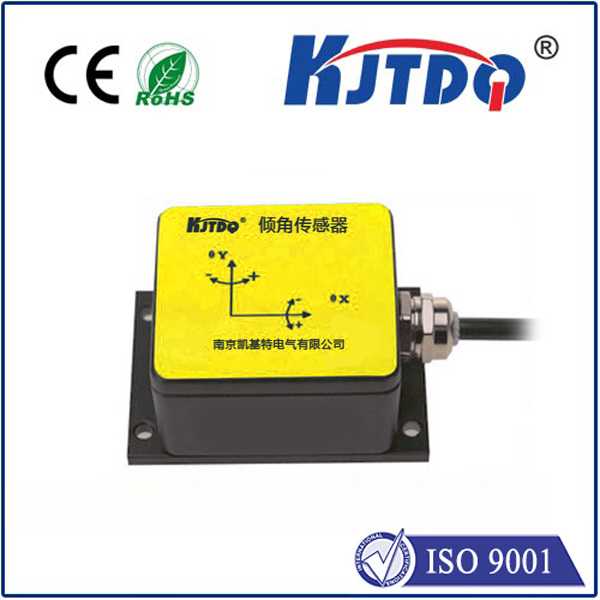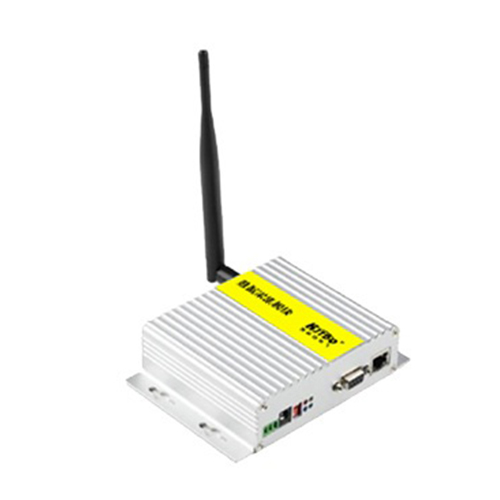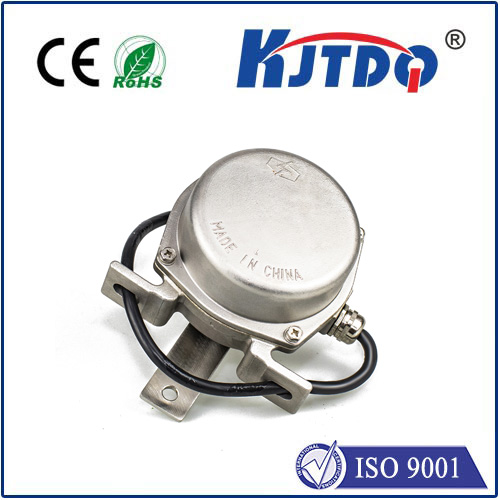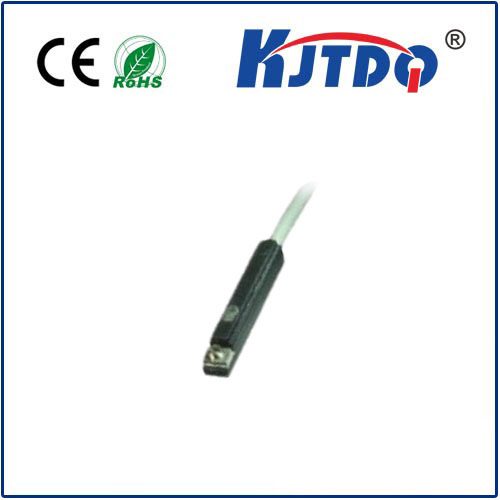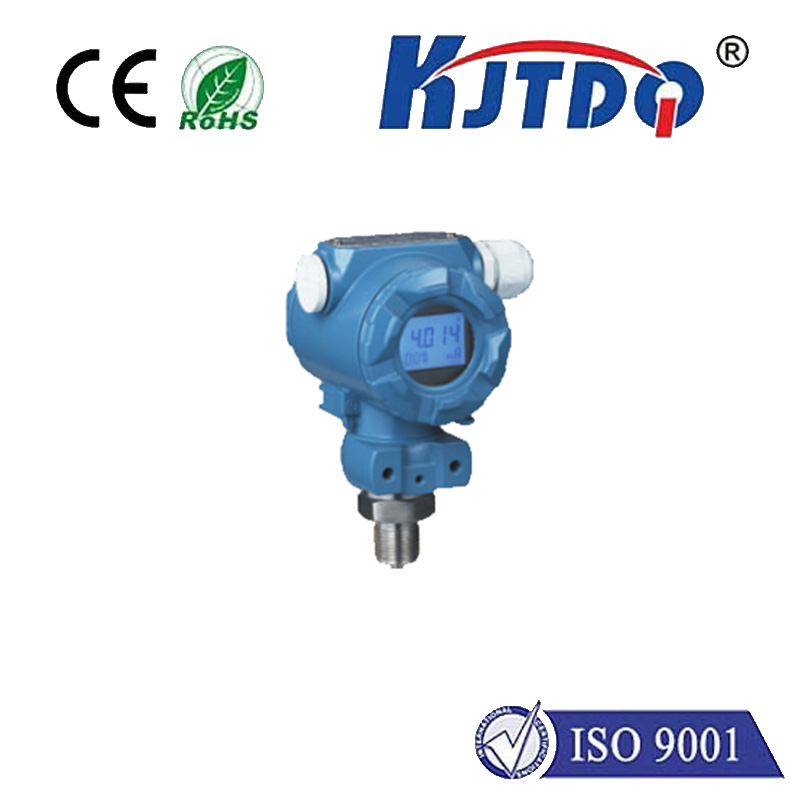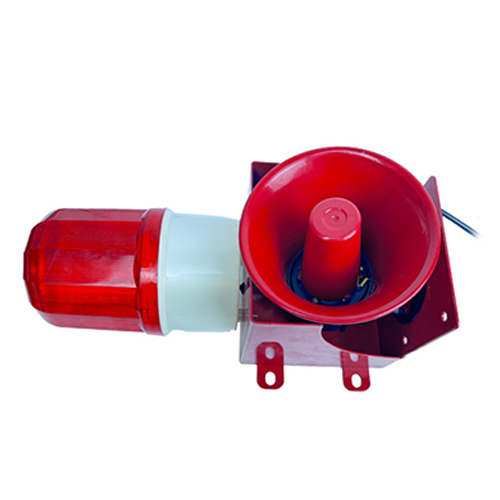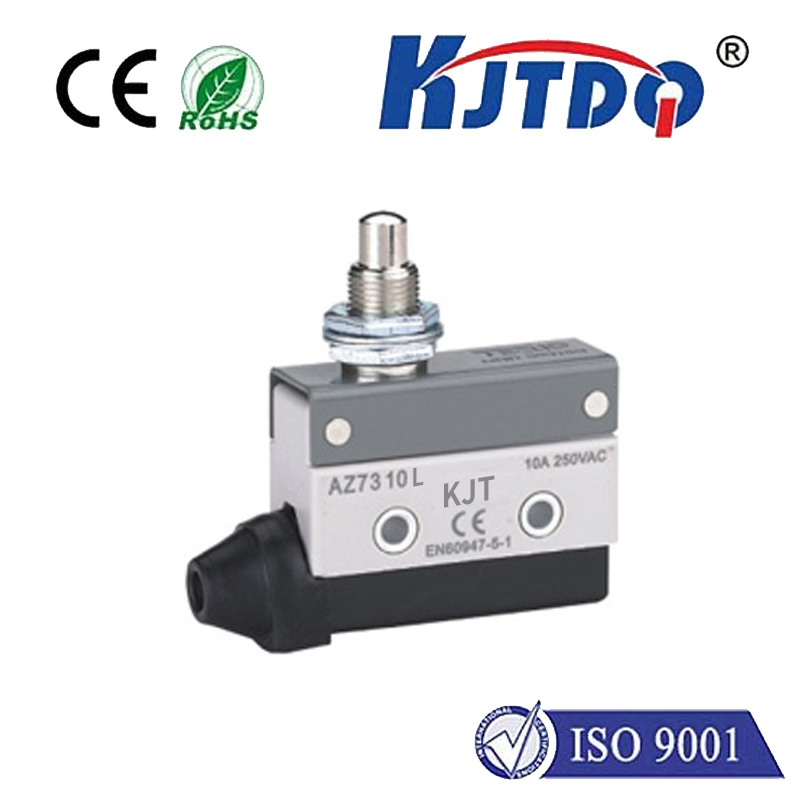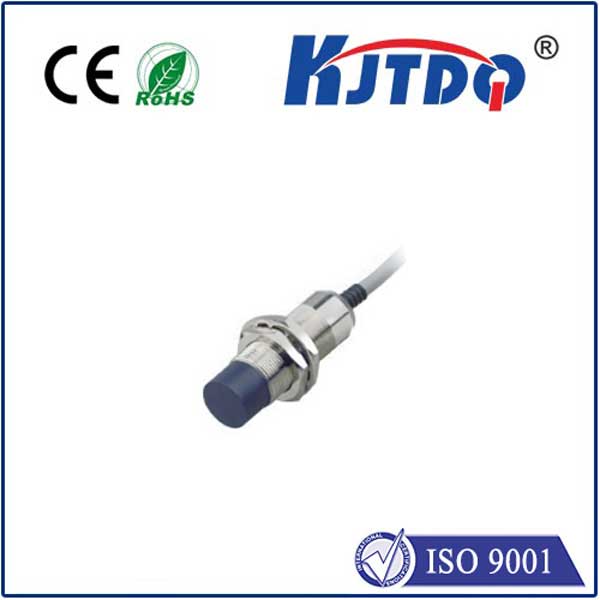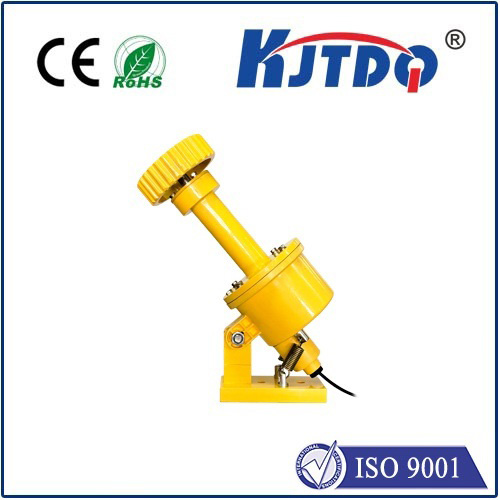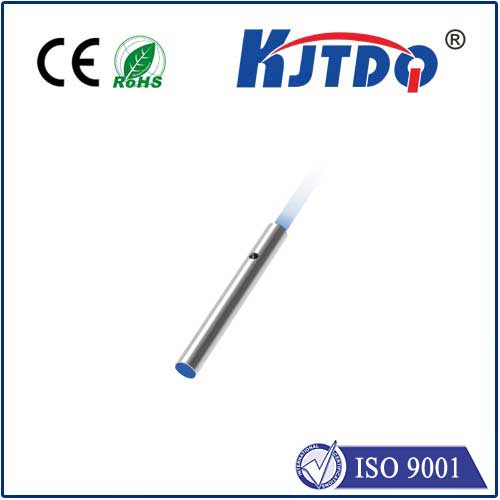

check

check

check

check

check

check

check

check

check

check
LoRa proximity sensors have revolutionized the way we interact with technology. These small, yet powerful devices have transformed the landscape of remote monitoring, asset tracking, and automation. In this article, we will take a deep dive into the evolution of LoRa proximity sensor technology, exploring how it has progressed from basic to advanced, and how it is shaping the future.
Section 1: The Early Days of Lora Proximity Sensors
The concept of a wireless, low-power proximity sensor first emerged in the late 1990s. However, it was not until the introduction of the LoRaWAN protocol in 2014 that these sensors began to gain widespread attention. LoRaWAN is a wideband, long-range communication protocol designed for low-power IoT devices. It allows these devices to communicate over long distances without relying on cellular networks orWi-Fi. This opened up a world of possibilities for applications such as asset tracking, environmental monitoring, and home automation.
Section 2: The Evolution of LoRa Proximity Sensor Technology
As LoRa technology matured, so did the capabilities of LoRa proximity sensors. In addition to basic proximity sensing, these sensors now offer features such as temperature monitoring, humidity detection, and even motion sensing. Some models also include Bluetooth connectivity for integration with other devices. Moreover, new materials and designs have increased the accuracy and reliability of these sensors, making them suitable for use in harsh environmental conditions.
Section 3: The Future of Lora Proximity Sensors
The future of Lora proximity sensors looks bright. With the ongoing development of 5G technology, these sensors are poised to play an even larger role in IoT applications. 5G's high speed and low latency make it ideal for real-time data transfer, which is essential for applications such as autonomous vehicles and smart cities. Additionally, new innovations such as machine learning and artificial intelligence are being integrated into LoRa proximity sensors, allowing them to learn and adapt to their environments over time. This will lead to even more accurate and reliable sensor readings.
In conclusion, LoRa proximity sensors have come a long way since their early days. From basic proximity sensing to advanced features such as temperature monitoring and motion sensing, these sensors have transformed the way we interact with technology. As 5G technology continues to evolve, we can expect these sensors to become even more ubiquitous, playing a crucial role in shaping the future of IoT.
